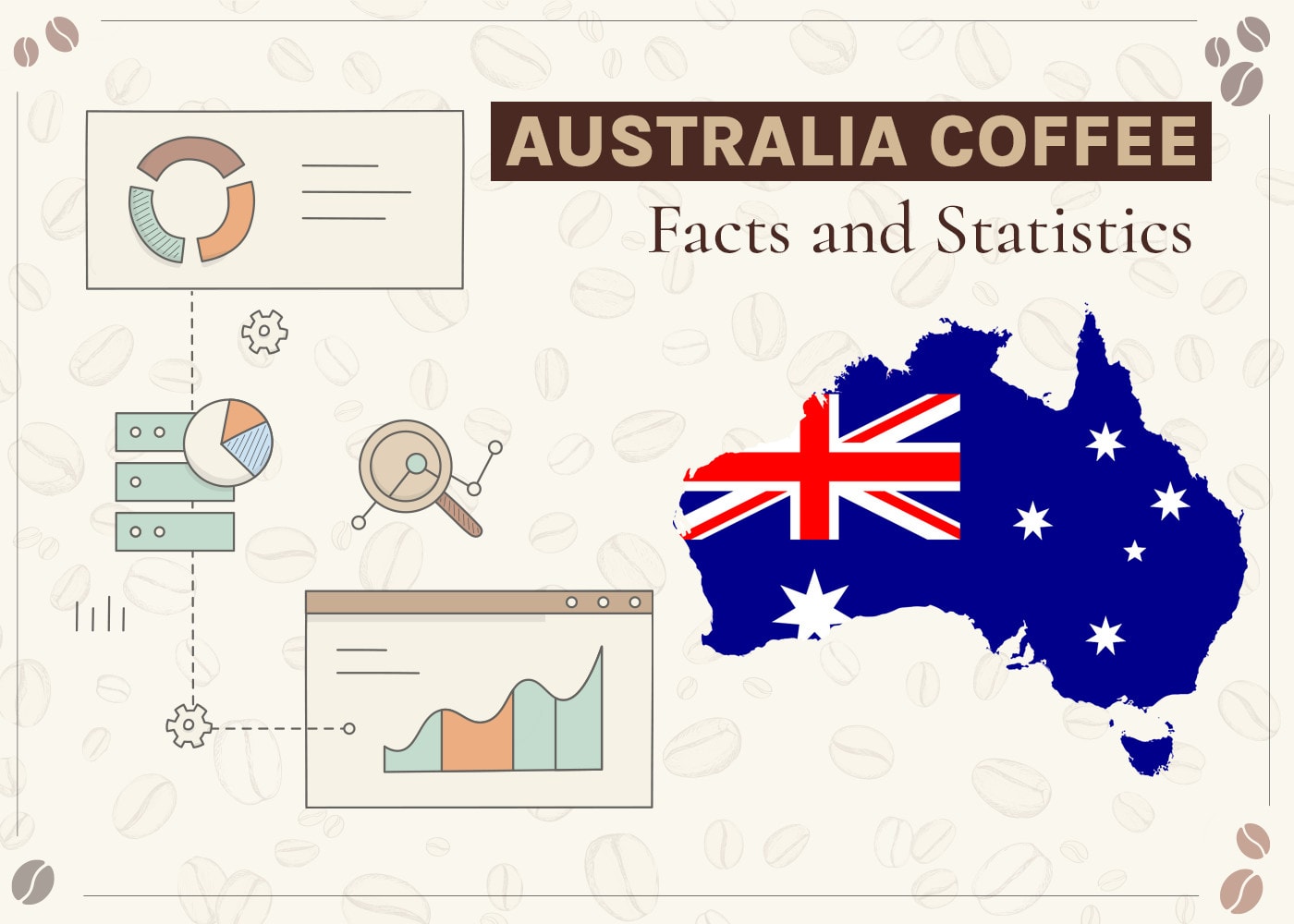
Note: This article’s statistics come from third-party sources and do not represent the opinions of this website.
We’ve all heard the great debate—which is better, coffee or tea? While we may never be able to put the debate to rest, we can take a look at a few tea and coffee statistics that lovers of these beverages can take with them into the new year. This will help you know where your favorite stands and whether you’re willing to give the other beverage a try due to how others feel about it. Read on below to learn all about tea drinker versus coffee drinker statistics.
Click below to jump ahead:
- Tea Statistics Worldwide
- Tea Industry Statistics to Know
- US Tea Statistics
- Worldwide Coffee Statistics
- Coffee Industry Statistics to Know
- US Coffee Statistics
- Coffee and Tea Statistics

The 30 Tea Drinkers vs. Coffee Drinkers Statistics
- Tea is considered the second most popular drink of choice worldwide.
- Black tea is the most consumed tea around the world.
- 297 billion liters of tea were consumed worldwide in 2021.
- In 2020, China dominated the tea market with 78.7 billion US dollars of revenue.
- In 2018, bubble tea made a 3,000% jump in orders throughout the Southeast Asia region.
- Worldwide, the wholesale price of tea rose 50% in 2020 due to the pandemic.
- 75%-80% of tea drank in the United States is iced tea.
- Americans consumed 89 billion servings of tea in 2021.
- In 2019, 48% of tea consumed by Americans took place at food service locations.
- Worldwide, more than 50 countries contribute to coffee production.
- In 2019, Brazil accounted for 44% of worldwide coffee exportation.
- In 2020, worldwide coffee sales decreased by 3.8% in comparison to 2019’s reported numbers.
- Coffee sales in 2023 are expected to reach over $100 million.
- The Netherlands was responsible for the highest coffee consumption in 2020, reaching 8.3 kilograms per capita.
- In 2019, the world reported the lowest coffee prices per pound in more than a decade.
- The United States ranks 25th in countries with the most coffee consumed per capita.
- In 2020, there were over 37,000 coffee shops or cafes in the United States.
- On average, US coffee drinkers consume two to three cups of coffee each day.
- 59% of Americans consume coffee every day.
- Finland is the top coffee drinker in the world.
- Seniors drink more coffee than young adults.
- Young people are more likely to visit coffee shops.
- 29% of people drink coffee to relax.
- There are almost 20,000 people producing coffee in the United States.
- Starbucks is currently the most popular coffee shop.
- Tea is one of the oldest beverages in the world.
- China and Japan drink more than 40% of the tea produced each year.
- 33% of people in the United Kingdom drink four to five cups of tea per day during the week.
- Researchers expect the tea market in the United States to grow by more than 5% each year.
- Seattle, Washington, consumes the most caffeine in the United States.


Tea Statistics Worldwide
1. Tea is considered the second-most popular drink of choice worldwide.
(World Tea News)
While coffee is a preferred drink in many countries, when looking at worldwide beverage consumption statistics, tea is the second-most consumed beverage. The beverage making the top of the list is packaged water.
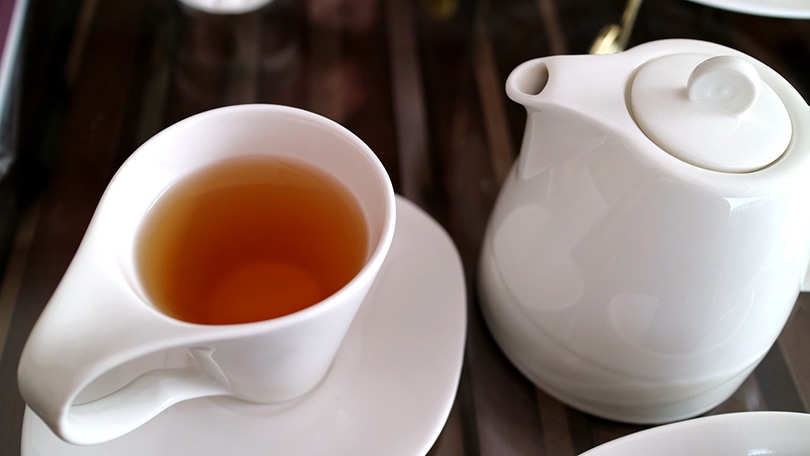
2. Black tea is the most consumed tea around the world.
(NCBI)
Black tea is considered the favored type of tea worldwide. In the United States alone, nearly 90% of all tea consumed is steeped from black tea leaves.
3. 297 billion liters of tea were consumed worldwide in 2021.
(World Tea News)
The worldwide consumption of tea has been on the rise. In 2021, 297 billion liters of tea were consumed worldwide. This is an increase of 63 billion liters since 2013.

Tea Industry Statistics to Know
4. In 2020, China dominated the tea market with 78.7 billion US dollars of revenue.
(Statista)
When it comes to the tea industry, China is predominately the leader in all areas. In 2020 alone, the country earned what translates into 78.7 billion US dollars in revenue from tea production. Brazil and India found themselves taking 2nd and 3rd place by earning 16 billion and 15.8 billion, respectively.
5. In 2018, bubble tea made a 3,000% jump in orders throughout the Southeast Asia region.
(The Asean Post)
The bubble tea in the Southeast Asia region made an incredible leap when it came to orders in 2018. With the popularity of this tea continuing to rise, this number is expected to continue growing, especially as bubble tea becomes a global trend.

6. Worldwide, the wholesale price of tea rose 50% in 2020 due to the pandemic.
(Forbes)
Unfortunately, the COVID-19 pandemic had a huge effect on the price of tea around the world. On average, consumers were paying up to 50% more for wholesale tea, bottled tea, and tea bags across the globe.
US Tea Statistics
7. 75%–80% of tea drank in the United States is iced tea.
(Tea Association of the U.S.A. Inc.)
Popularized in the Southern states, iced tea is quite popular in America. Many enjoy this type of tea throughout the year but it is a beloved staple during the warmer months, especially in those states with long, hot summers.
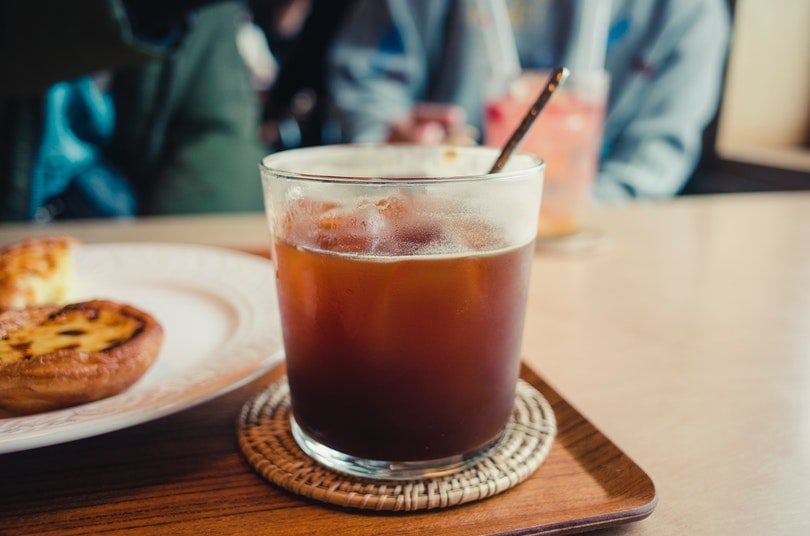
8. Americans consumed 85 billion servings of tea throughout 2021.
(Tea Association of the U.S.A. Inc.)
Throughout 2021, people in the United States consumed 85 billion servings of tea which equates to more than 3.9 billion gallons.
9. In 2019, 48% of tea consumed by Americans took place at food service locations.
(Euromonitor International)
Before the pandemic, most Americans enjoyed their tea while at restaurants or other locations that served food. This is where 48% of the country’s overall tea consumption took place.
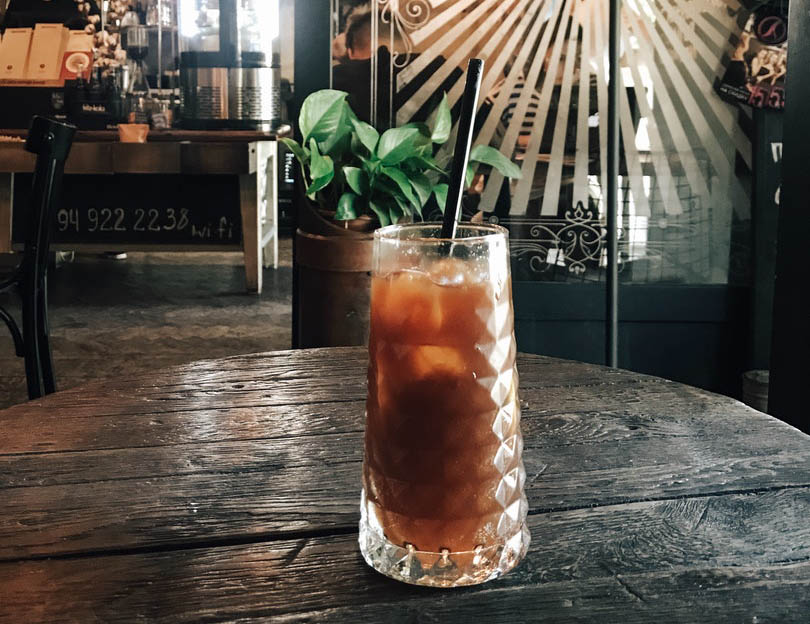
Worldwide Coffee Statistics
10. Worldwide, more than 50 countries contribute to coffee production.
(National Coffee Association)
With the growing demand for coffee, more than 50 countries throughout the world are now producing coffee in some form for distribution.
11. In 2019, Brazil accounted for 44% of worldwide coffee exportation.
(International Coffee Organization)
Brazil, as expected, was the leader when it came to coffee exporting in 2019. They were followed by Indonesia, which reported roughly 8% of export sales.

12. In 2020, worldwide coffee sales decreased by 3.8% in comparison to 2019’s reported numbers.
(International Coffee Organization)
The year 2019 was bigger in terms of worldwide coffee sales than 2020. In 2020, sales decreased by 3.8% and have bounced back yet.
Coffee Industry Statistics to Know
13. Coffee sales in 2023 are expected to reach over $100 million
(Global News Wire)
With more young people becoming fans of coffee, sales are expected to reach upwards of $100 million by 2023.

14. The Netherlands was responsible for the highest coffee consumption in 2020, reaching 8.3 kilograms per capita.
(Espresso Coffee Time)
People in the Netherlands love coffee. In 2020, they were the world leader in coffee consumption.
15. In 2019, the world reported the lowest coffee prices per pound in more than a decade.
(National Coffee Association)
2019 was a great year for coffee drinkers. Prices were at the lowest per pound than they have been in over a decade, but pandemic impacts have bumped the prices back up and have yet to match 2019 levels.
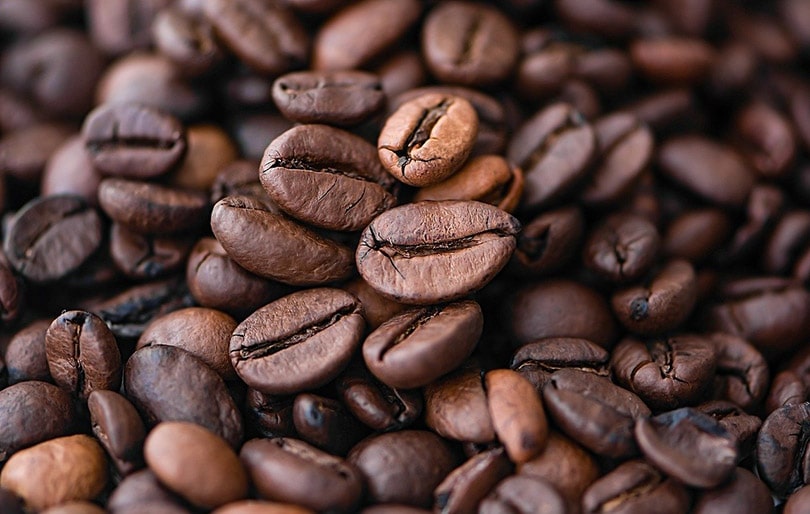
US Coffee Statistics
16. The United States ranks 25th in the most coffee consumed per capita.
(World Atlas)
While people in the US may love coffee, when it comes to per capita consuming the country ranks 25th. This comes out to roughly 9.26 pounds per person.
17. In 2020, there were over 37,000 coffee shops or cafes in the United States.
(World Coffee Portal)
The US is well-known for coffee shops. In 2020, more than 37,000 coffee shops were active in the country. Imagine if we included all the places that simply served coffee but weren’t labeled cafes, the number would likely be 10 times as big.

18. On average, US coffee drinkers consume two to three cups of coffee each day.
(Statista)
The love of coffee in the United States is clear. However, on average, coffee drinkers in the US consume two to three cups of coffee each day, which is somewhat tame compared to some European countries.
19. 59% of Americans consume coffee every day.
(National Coffee Association)
According to a 2019 study, more than half of Americans over 18 years of age drink at least 1 cup of coffee per day. This number is down from 2013, when 63% of Americans drank 1 cup of coffee per day.
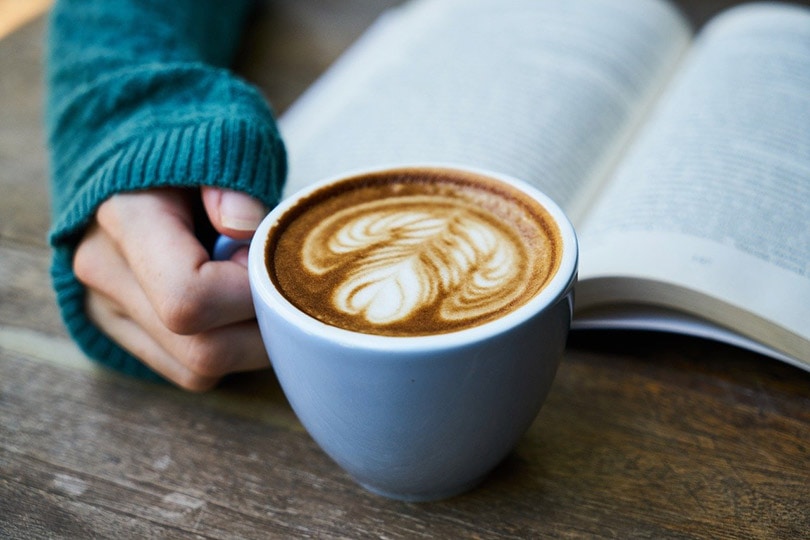
20. Finland is the top coffee drinker in the world.
(World Atlas)
Finland is the top coffee drinker globally, with the average person drinking more than 26 pounds of coffee per year. Norway is the second biggest drinker, with the average person drinking a little more than 21 pounds per person. Many Americans think that they are big coffee drinkers, but the U.S. is actually in 25th place, behind France, Germany, Austria, and Canada.
21. Seniors drink more coffee than young adults.
(Statista)
The amount of coffee that we consume in the United States varies by age. For example, you might expect that young adults burdened with college and work would consume the most coffee, but it turns out that seniors are the biggest drinkers, with some studies showing a steady increase as we age. Currently, 70% of seniors consume coffee regularly, while slightly less than half of young adults do.
22. Young people are more likely to visit coffee shops.
(Statista)
Research shows that more than a 1/3 of Americans ages 18–29 recently purchased coffee from a coffee shop, while only a 1/4 of older people did. Older Americans also prefer to use traditional drip machines, while younger people are more open to experimenting with other forms, like the French press, AeroPress, and cold brew.

23. 29% of people drink coffee to relax.
(Statista)
When asked why they drink coffee, 29% of people said that they like to consume it to relax, so they enjoy it in the afternoon or early evening instead of treating it as a pick-me-up during breakfast.
24. There are almost 20,000 people producing coffee in the United States.
(IBIS World)
19,849 people are working to produce coffee in the United States as of 2022. This number has increased steadily since 2019 and should continue to rise at a rate of 3% for the next several years.
25. Starbucks is currently the most popular coffee shop.
(World Coffee Portal)
Starbucks is currently the most popular coffee shop in the United States and is responsible for 40% of the market. Dunkin’ (formerly Dunkin’ Donuts) is in second place with 26%.
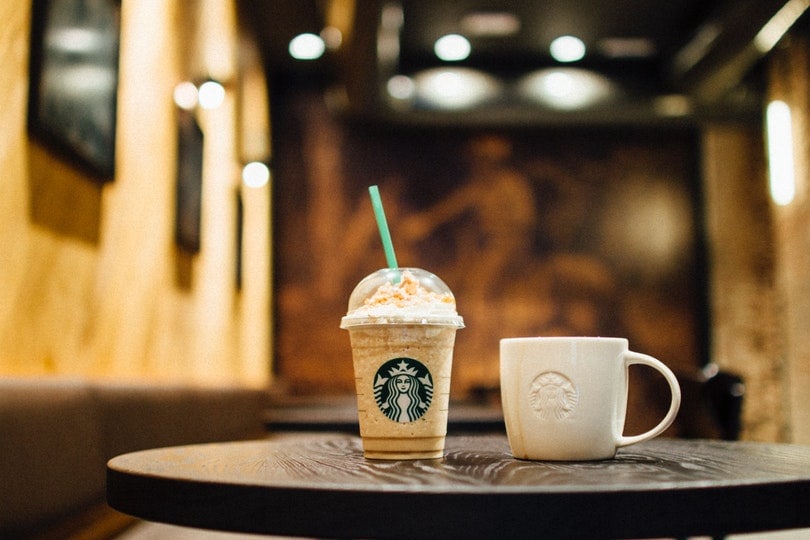
Coffee and Tea Statistics
26. Tea is one of the oldest beverages in the world.
(Food and Agriculture Organization)
Some experts say that humans started drinking tea somewhere around 2700 B.C., and there are more than 1,000 varieties available.
27. China and Japan drink more than 40% of the tea produced each year.
(Grand View Research)
China and Japan consume more than 40% of the tea made each year, which is the most in any region. Experts expect tea consumption to grow in other countries in the region, like Thailand, Indonesia, and India, which will enable them to control an even larger market share.
28. 33% of people in the United Kingdom drink four to five cups of tea per day during the week.
(Statista)
While surveying tea drinkers in the United Kingdom in 2019, researchers learned that 33% drink more than 4 cups per day during the week. This number should increase in the coming years.

29. Researchers expect the tea market in the United States to grow by more than 5% each year.
(Statista)
Researchers expect the tea market in the United States to grow by more than 5% each year from 2022 through 2025. Currently, the average person spends around $30 per year on tea.
30. Seattle, Washington, consumes the most coffee in the United States.
(Caffeine Informer)
Seattle, Washington, has the highest rate of coffee consumption in the United States. Other cities that make the top 10 list include Portland, Oregon; San Jose, California; Denver, Colorado; and New York City, New York.

Frequently Asked Questions About Tea Drinkers vs Coffee Drinkers
Which has more caffeine, coffee or tea?
While tea leaves have more caffeine than coffee beans, it is the brewing process that makes all the difference. More coffee beans are used when making a cup of coffee, therefore brewed coffee has more caffeine content than seeped or brewed tea. (Healthline)
Who prefers sugar in their drink more? Tea drinkers or coffee drinkers?
According to a survey conducted by OnePoll, most coffee drinkers prefer their beverage black. When it comes to tea, however, most people want sugar added. (SWNS Digital)
Which drink do people prefer most in the mornings?
When it comes to waking up, coffee is the clear winner for those that need the caffeine jolt. Yes, people enjoy tea in the mornings, but most caffeine lovers consider coffee the stronger of the two and the most likely to supply the surge needed to get their day started.

Are Tea and Coffee Bad for You?
One thing every tea or coffee drinker wonders is whether their drink of choice is bad for them. Each beverage brings something different to the table so let’s take a look at each one below.
The Good and Bad of Tea
Whether you’re a fan of hot tea, iced tea, sweetened tea, or tea with honey the most important question is what will it do to your health. One of the biggest things to keep in mind when you’re drinking tea is the amount of caffeine it contains. Each type of tea is different. Black tea contains more caffeine than green tea. Plus, the caffeine level in tea changes according to how it’s brewed. However, tea also includes L-theanine, which helps metabolize the caffeine it contains. This is why most people who drink tea feel more sustained energy than coffee drinkers.
The Good and Bad of Coffee
While coffee contains a lot more caffeine than tea, that doesn’t mean it’s bad for you. Coffee is a great way to wake up in the mornings, but it also offers more antioxidants than tea. Antioxidants are good for the body and can help fight against several diseases and disorders. By consuming the proper amount of caffeine recommended daily, coffee drinkers can use the love of their favorite beverage to help improve their health in some ways.

Frequently Asked Questions
Do More People Drink Tea or Coffee?
While tea is the most popular beverage worldwide, coffee is close, especially in Finland and other European countries. It’s not quite as old as tea, but it’s still much older than many modern beverages, and it’s becoming more popular with the invention of specialty products, like espresso. These beverages aren’t going anywhere, and experts expect sales to continue to grow until at least 2027.
Is the coffee and tea market growing?
Yes. Experts believe that the coffee and tea market will grow by at least 5% annually from 2022 to 2027. The anti-aging properties of tea and the increasing popularity of both beverages among the youth will help boost sales. In addition, a growing preference toward non-alcoholic beverages and an increase in consumption of ready-to-drink beverages will also help drive sales. (Digital Journal)
Why is tea the most popular drink in the world?
It’s hard to nail down a specific reason for the popularity of tea. That said, people have been brewing it for thousands of years, long before most modern beverages, and there are currently close to a thousand varieties available. Tea has anti-aging properties, and it can also improve brain function, protect against cancer, and reduce the risk of heart disease, among other health benefits that help make it popular. It’s also a traditional drink in China and Japan, two countries that not only have huge populations but are also responsible for growing much of the tea that we drink. (Healthline)
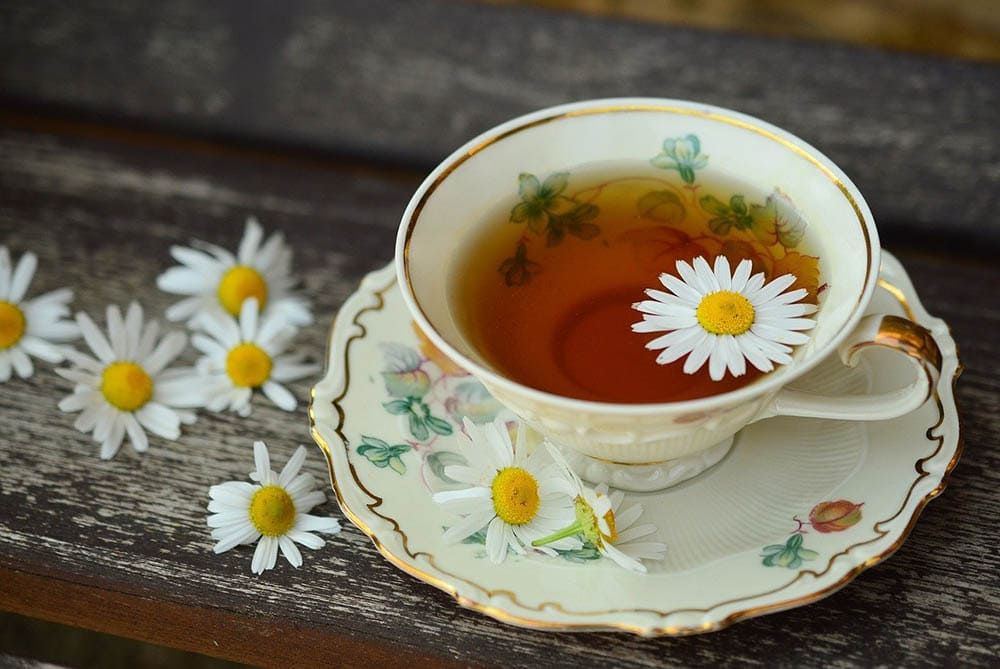
What kinds of tea are available?
There is a wide variety of teas available for consumption in the United States and abroad. Traditionally, the most popular type is black tea, but recently, green and oolong tea have become popular. Green tea is especially sought after due to its health benefits. You can also find white tea, yellow tea, and Pu-erh. All kinds of tea come from the same plant, the Camellia sinensis, an evergreen shrub native to China. The difference between them is a result of the harvesting and preparation process.
What kinds of coffees are available?
Unlike the different kinds of tea, which generally come from the same plant, there are several varieties of coffee trees, and each can affect the final flavor. Environmental concerns like rain and sunshine can also affect the finished product. However, most people purchase their coffee primarily by its roast. A light roast will have a gentle, earthy taste, while dark roasts have a burned flavor that many people enjoy. Dark roasts also tend to have more caffeine and pack more of a punch to help you get moving. The standard coffee from Dunkin is a medium roast, while Starbucks specializes in dark-roasted coffee.

Conclusion
As you can see, tea may be the better-selling beverage, but the love for coffee is steadily growing. When it comes to money, coffee is clearly the bigger industry. Whether you’re a fan of a morning cup of joe or a nice cup of tea to unwind, one thing is constant, great taste. Each beverage has caffeine and can be sweetened to your liking so enjoy your coffee or tea and remember to be open-minded when someone offers you something different. You may end up becoming a fan of a drink you never imagined you’d like.
- World Tea News
- NCBI
- World Tea News
- Statista
- The Asean Post
- Forbes
- Tea Association of the U.S.A. Inc.
- Tea Association of the U.S.A. Inc.
- Euromonitor International
- National Coffee Association
- International Coffee Organization
- International Coffee Organization
- Global News Wire
- Espresso Coffee Time
- National Coffee Association
- World Atlas
- World Coffee Portal
- Healthline
- SWNS Digital
- National Coffee Association
- World Atlas
- Statista
- Statista
- Statista
- IBIS World
- World Coffee Portal
- Food and Agriculture Organization
- Grand View Research
- Statista
- Statista
- Caffeine Informer
- Statista
- Digital Journal
- Healthline
Table of Contents
- The 30 Tea Drinkers vs. Coffee Drinkers Statistics
- Tea Statistics Worldwide
- Tea Industry Statistics to Know
- US Tea Statistics
- Worldwide Coffee Statistics
- Coffee Industry Statistics to Know
- US Coffee Statistics
- 16. The United States ranks 25th in the most coffee consumed per capita.
- 17. In 2020, there were over 37,000 coffee shops or cafes in the United States.
- 18. On average, US coffee drinkers consume two to three cups of coffee each day.
- 19. 59% of Americans consume coffee every day.
- 20. Finland is the top coffee drinker in the world.
- 21. Seniors drink more coffee than young adults.
- 22. Young people are more likely to visit coffee shops.
- 23. 29% of people drink coffee to relax.
- 24. There are almost 20,000 people producing coffee in the United States.
- 25. Starbucks is currently the most popular coffee shop.
- Coffee and Tea Statistics
- 26. Tea is one of the oldest beverages in the world.
- 27. China and Japan drink more than 40% of the tea produced each year.
- 28. 33% of people in the United Kingdom drink four to five cups of tea per day during the week.
- 29. Researchers expect the tea market in the United States to grow by more than 5% each year.
- 30. Seattle, Washington, consumes the most coffee in the United States.
- Frequently Asked Questions About Tea Drinkers vs Coffee Drinkers
- Are Tea and Coffee Bad for You?
- The Good and Bad of Tea
- The Good and Bad of Coffee
- Frequently Asked Questions
- Conclusion




